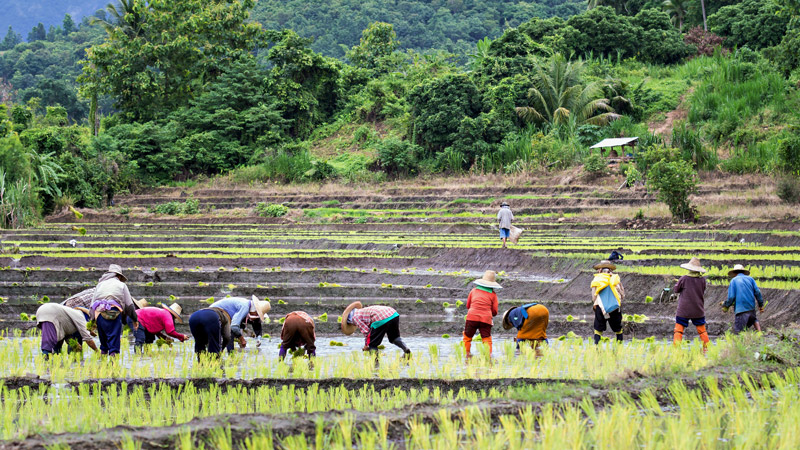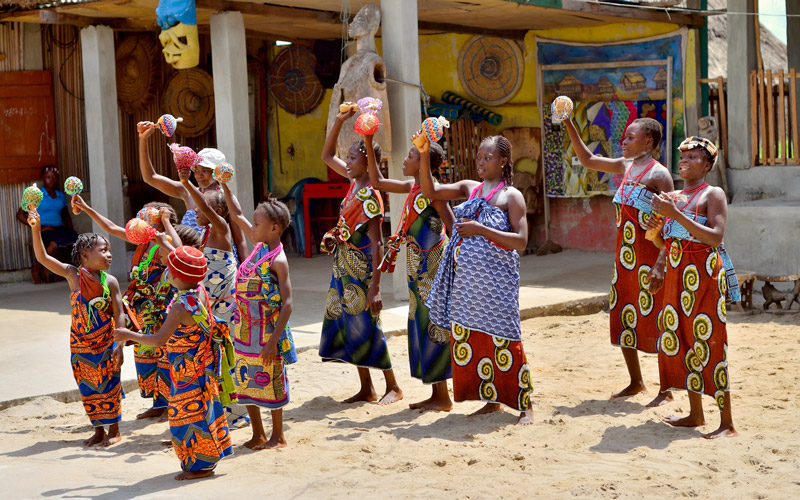At the United Nations Sustainable Development Summit on 25 September 2015, world leaders adopted the 2030 Agenda for Sustainable Development, which includes a set of 17 Sustainable Development Goals (SDGs) to end poverty, fight inequality and injustice, and tackle climate change by 2030.
The SDGs are a new, universal set of goals, targets and indicators that UN member states will be expected to use to frame their agendas and political policies over the next 15 years. They follow and expand on the Millennium Development Goals (MDGs), which were agreed by governments in 2001 and expired at the end of 2015.
So where does ISO 26000 on social responsibility fit into the picture? According to Professors Adriana Rosenfeld and Adriana Norma Martínez from the National University of Luján in Argentina, ISO 26000 addresses sustainable development and the post-2015 development agenda in a coherent and complete way. The core subjects and issues defined by the ISO standard include human rights, labour practices, the environment, fair operating practices, consumer issues and community involvement, which encompass, among other things, the principles of equal opportunities and non-discrimination. ISO 26000 provides a visible, influential and pragmatic way to impulse change, and meet the SDGs. Here, Rosenfeld and Martínez highlight the reasons why.
ISOfocus: What is the relationship between ISO 26000 guidance on social responsibility and sustainable development?

Rosenfeld and Martínez: Even if the concepts of sustainable development and social responsibility are frequently used interchangeably, sustainable development refers to the economic, social and environmental goals common to all people whereas social responsibility refers to an organization’s responsibilities to society and the environment. So when an organization decides to undertake and implement social responsibility, the overarching aim of course is to contribute to sustainable development.
ISO 26000 provides guidance on how businesses and organizations can operate in a socially responsible way. It clarifies what social responsibility is, helps businesses and organizations translate principles into effective actions and shares best practices from around the world relating to social responsibility.
The ISO standard is designed to assist organizations in contributing to sustainable development, encouraging them to go beyond basic legal compliance, and to promote a common understanding in the field of social responsibility, complementing other existing instruments and initiatives.

What kind of opportunities/synergies does ISO 26000 represent for sustainable development?
There is a real potential for ISO 26000 to make a positive contribution to sustainable development. The standard covers the majority of direct sustainable development issues, such as environmental impacts and human rights. Indeed, it has a broader scope than most sustainable development standards.
We undertook an analysis to review the opportunities and synergies between the SDGs and ISO 26000. The academic work consisted of a detailed examination comparing the SDGs and their targets to ISO 26000, in general, and Chapter 6 (Guidance on core subjects of social responsibility), in particular.
The conclusion of the study and analysis was that both documents share the general objective of fostering sustainable development and the conceptualization of sustainable development, recognizing the economic, social and environmental dimensions and their interdependence.
Could you please describe how ISO 26000 could help meet the SDGs? Could you give an example or two?

The SDGs are providing valuable opportunities to advance human dignity and rights. They reaffirm the importance of freedom, peace and security, the right to development and the right to an adequate standard of living, including the claim to food and water, the rule of law, good governance, gender equality, empowerment of women and the overall commitment to just and democratic societies that support such development. This approach is similar to ISO 26000. The ISO standard recognizes the respect for human rights in one of its seven core subjects.
Secondly, the SDGs include a stand-alone goal on equality and the empowerment of women and girls as well as gender-sensitive targets in other goals. Here again, ISO 26000 shares a similar approach. The gender dimension cuts across the International Standard, and is expressed in “Gender equality and social responsibility” (Box 2 in ISO 26000): “There is a demonstrated positive link between gender equality and economic and social development. [...] Organizations should review their decisions and activities to eliminate gender bias and promote gender equality.”
Last but not least, environmental issues are also a major theme that runs through the SDGs and a core subject contained in ISO 26000.
How can ISO 26000 help companies on their path to sustainability? Here again, could you please provide an example or two.
According to ISO 26000, the objective of sustainable development is to achieve sustainability for society as a whole and for the planet. The analysis we undertook of the SDGs and ISO 26000 clearly suggests that organizations can find items that allow them to contribute to sustainability by using the ISO standard.
The relationship between the two documents is conspicuous. Take, for instance, Objective 13 of the SDGs, “Take urgent action to combat climate change and its impacts”, and Issue 3 of ISO 26000, “Climate change mitigation and adaptation” (within the core subject: “The environment”). The International Standard explains the core subject by providing information on its scope, its relationship to social responsibility, its related principles and considerations, and its associated issues. In particular, subclause 6.5.5 of ISO 26000 describes the issue, provides a set of ten related actions and expectations and gives examples of climate change adaptation actions.
There’s no doubt that the standard’s use by all types of organizations and the promotion of social responsibility in their value chains (Core subject 6.6, “Fair operating practices” / Issue 4) will contribute to the achievement of the SDGs.

What are your hopes and aspirations for the future use of ISO 26000?
ISO 26000 is the most comprehensive and concise guidance of what an organization should do to contribute to sustainable development – for that reason, it is extremely useful. It constitutes a valuable tool for the implementation of the post-2015 development agenda.
It is vitally important to increase the global use of ISO 26000, and, in so doing, enable partnerships among governments, private sector and civil society. These will be key to ensuring the SDGs are met and our planet’s sustainability is secured.

